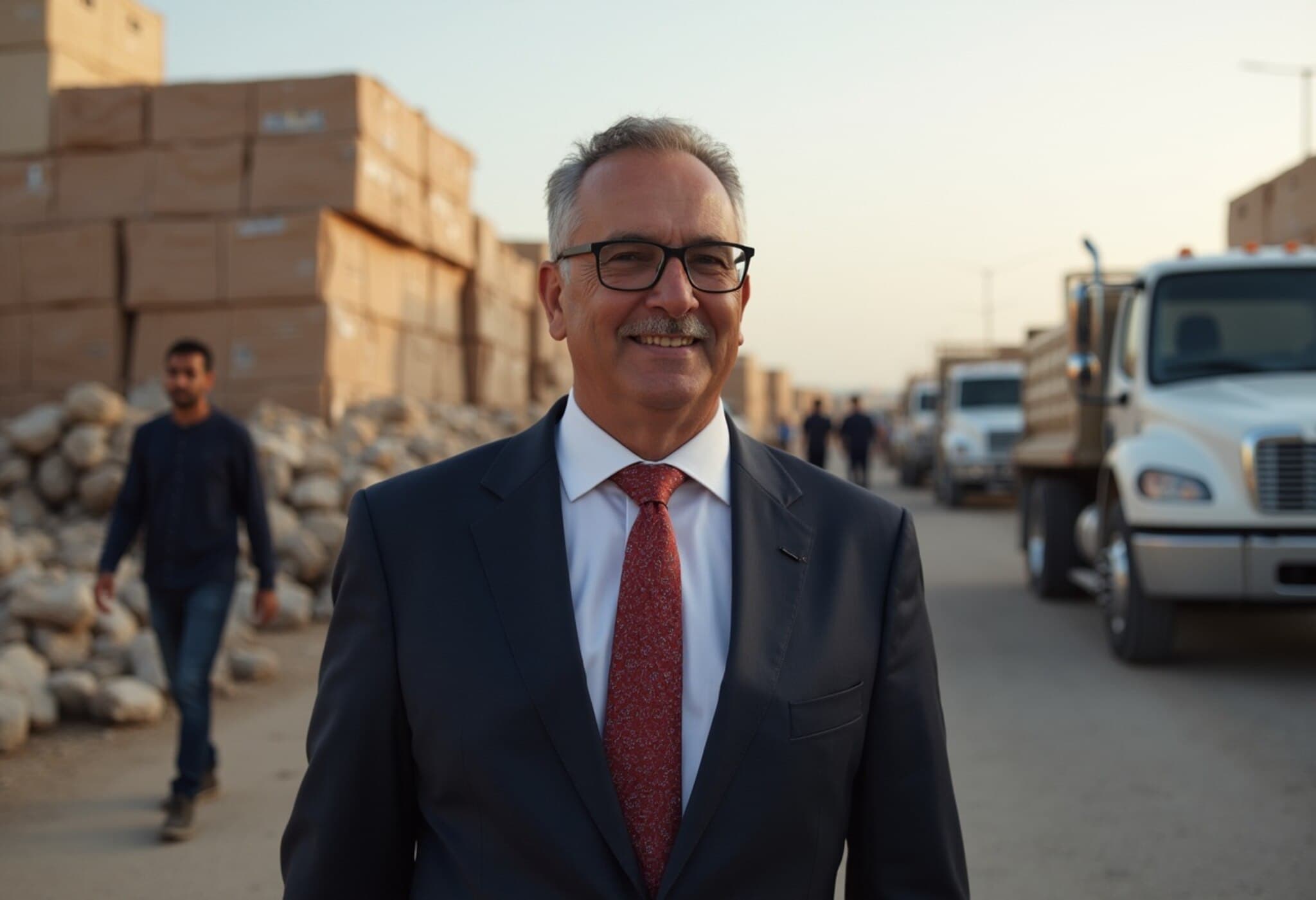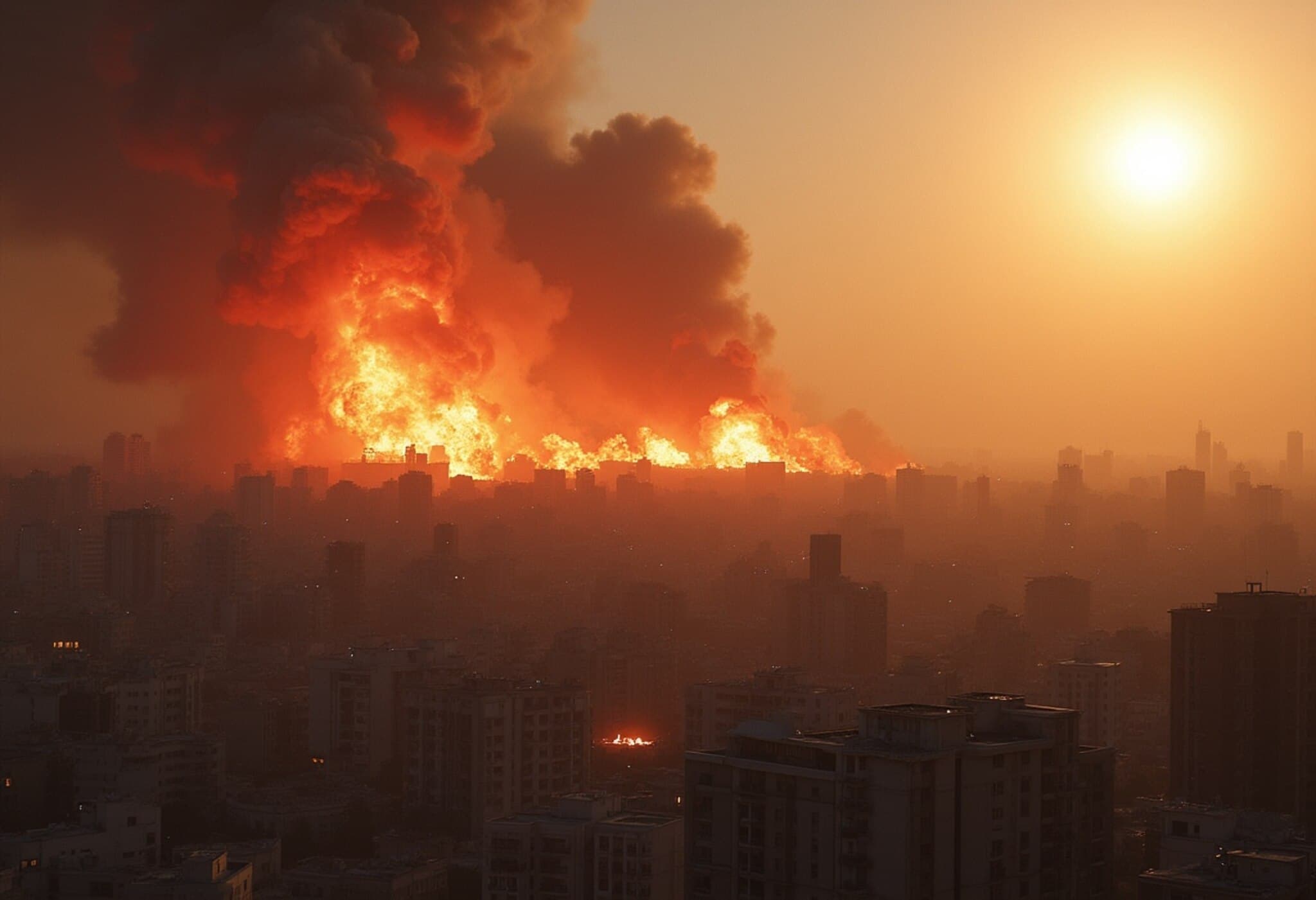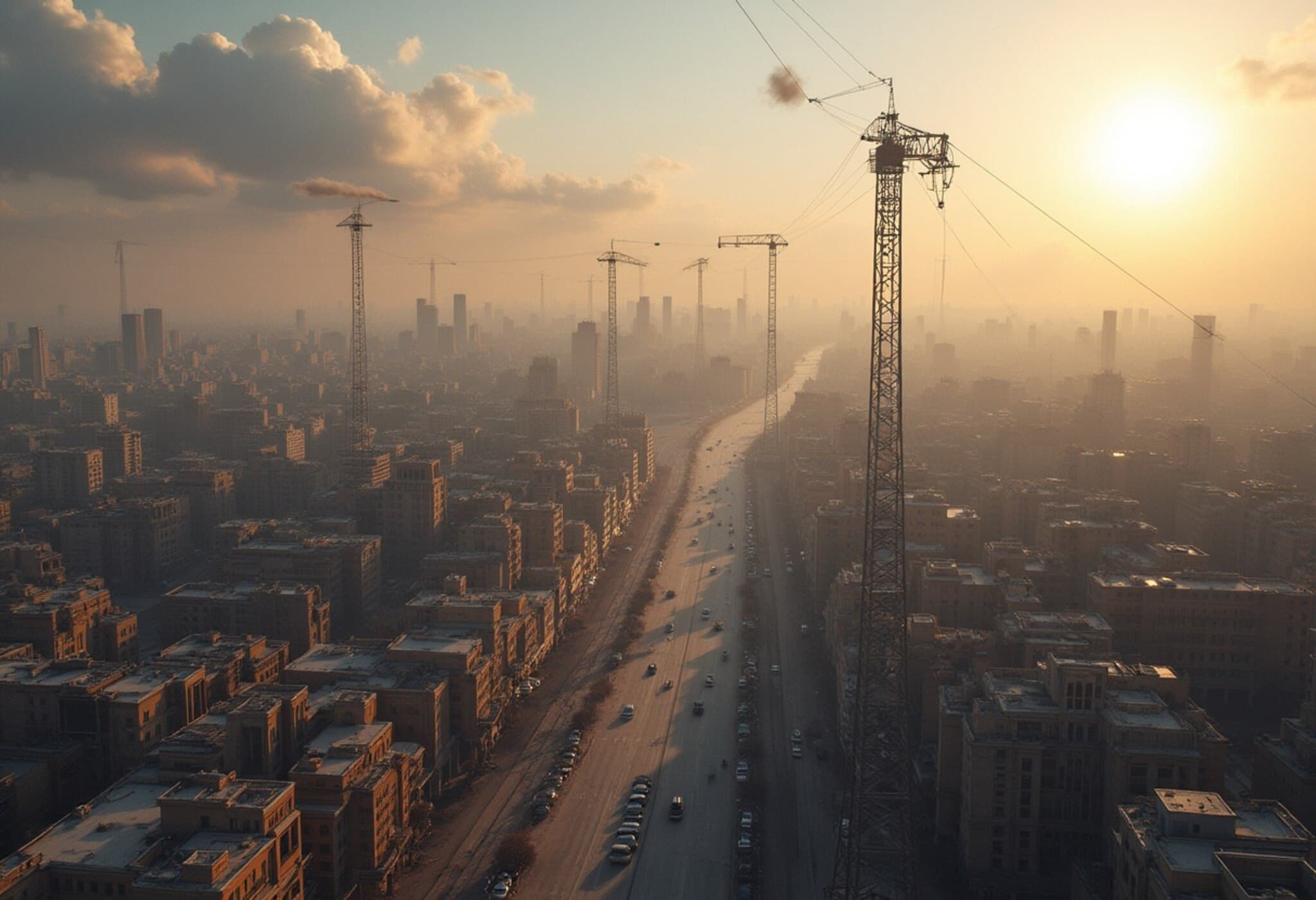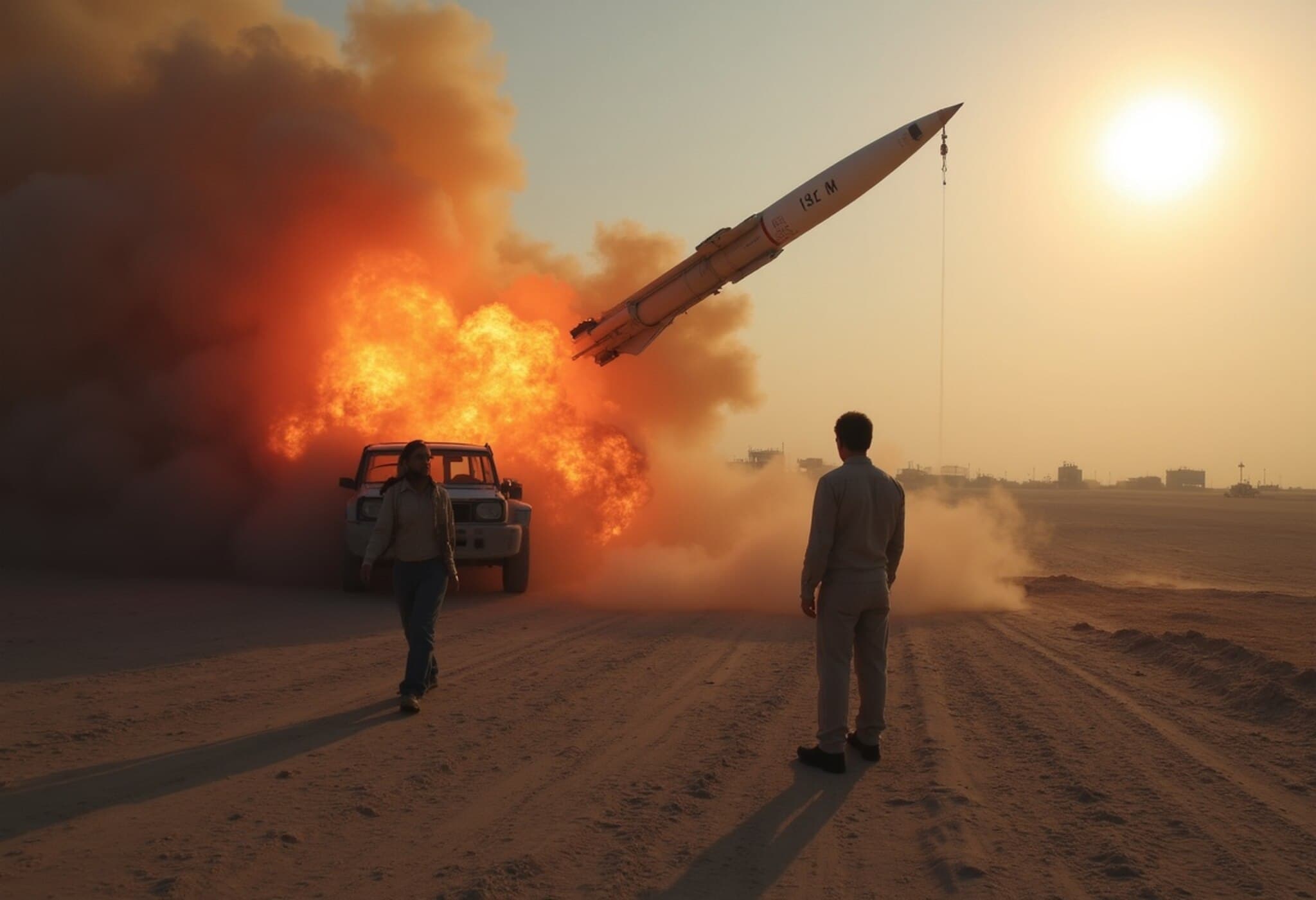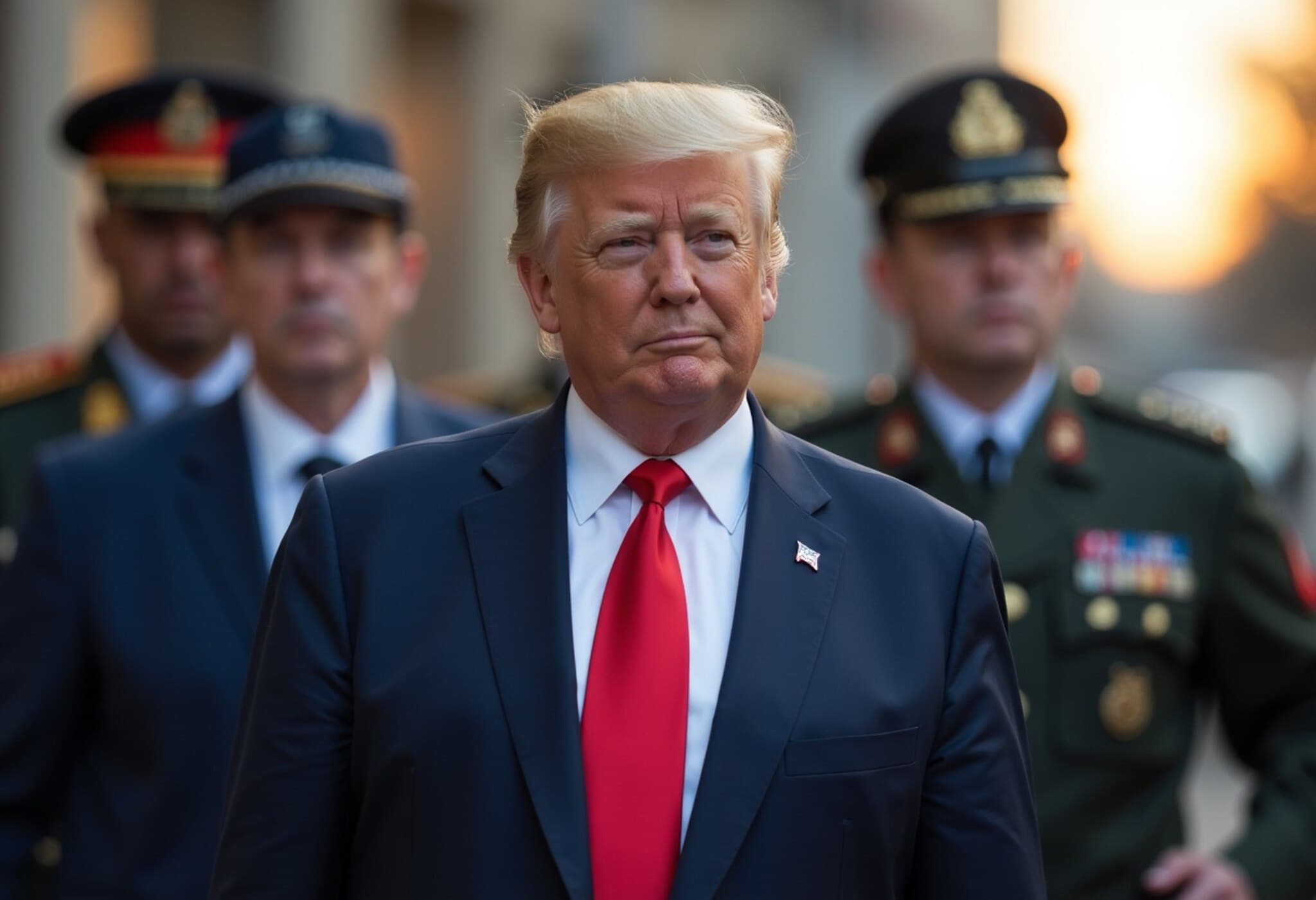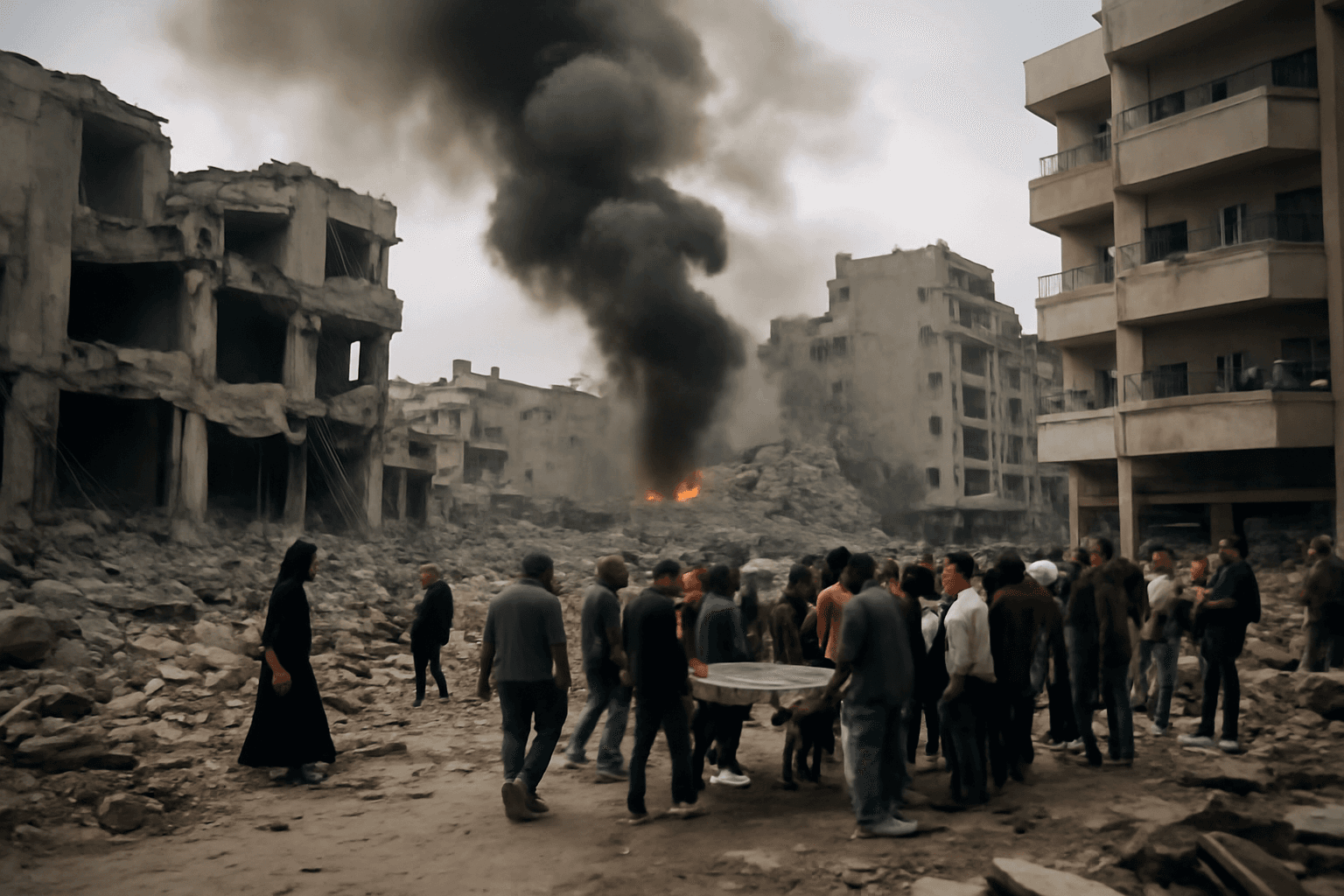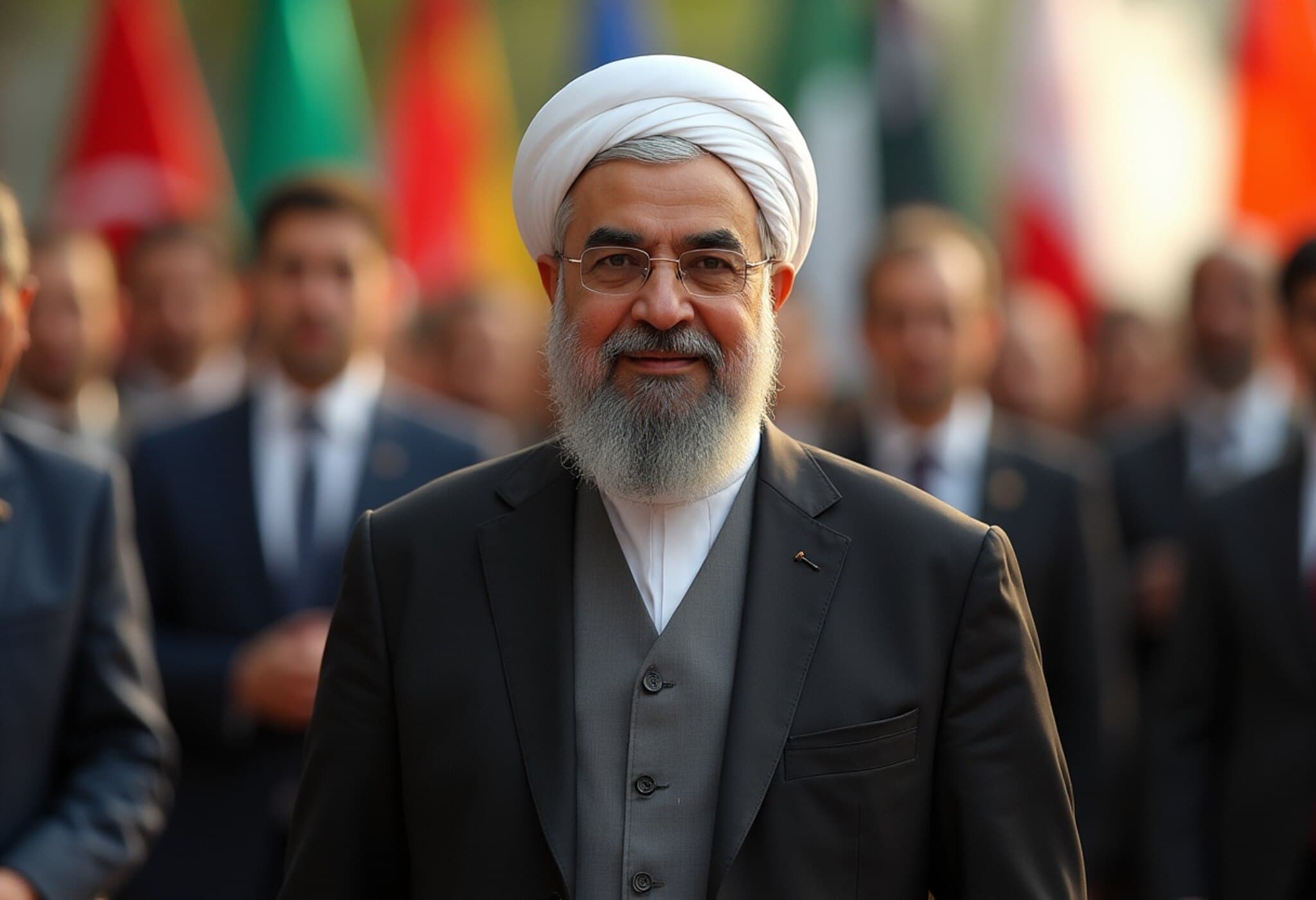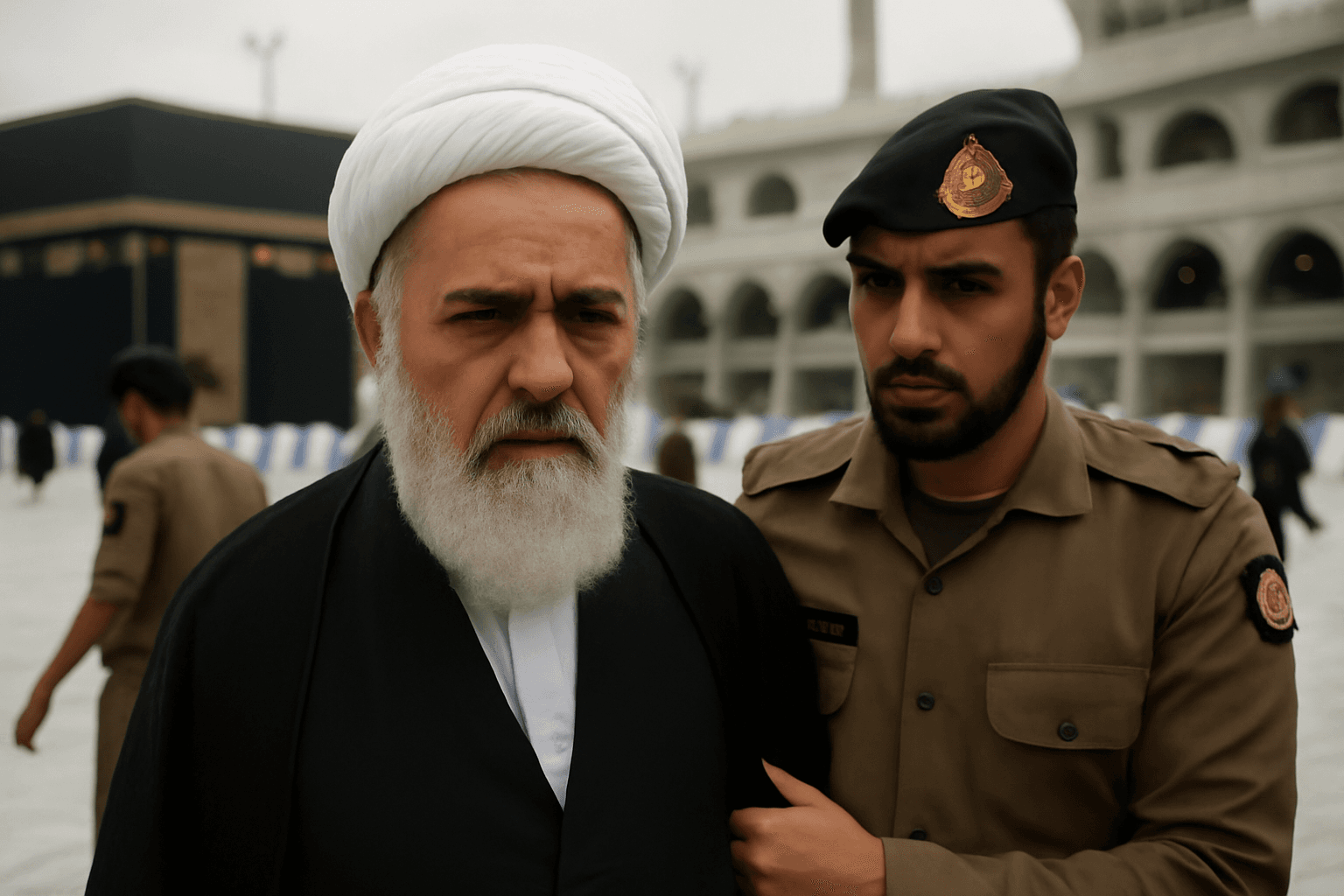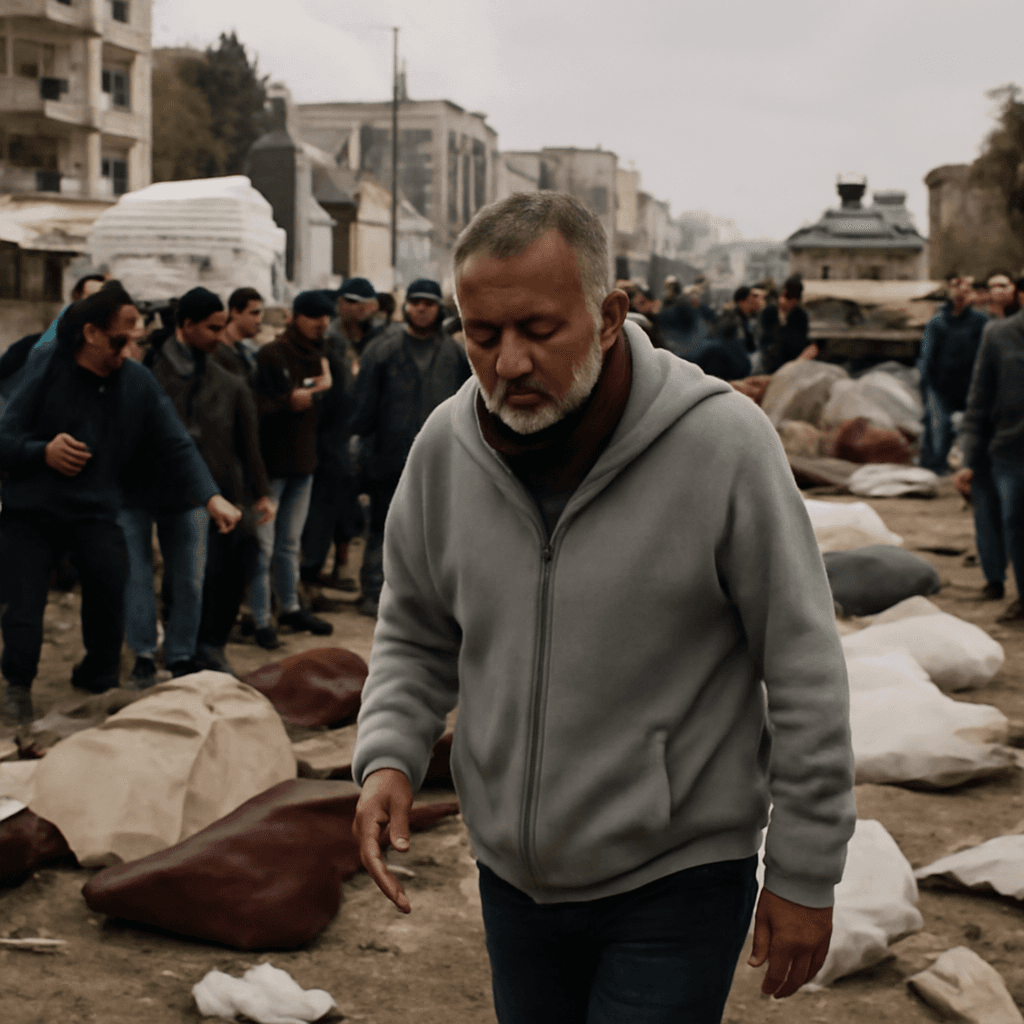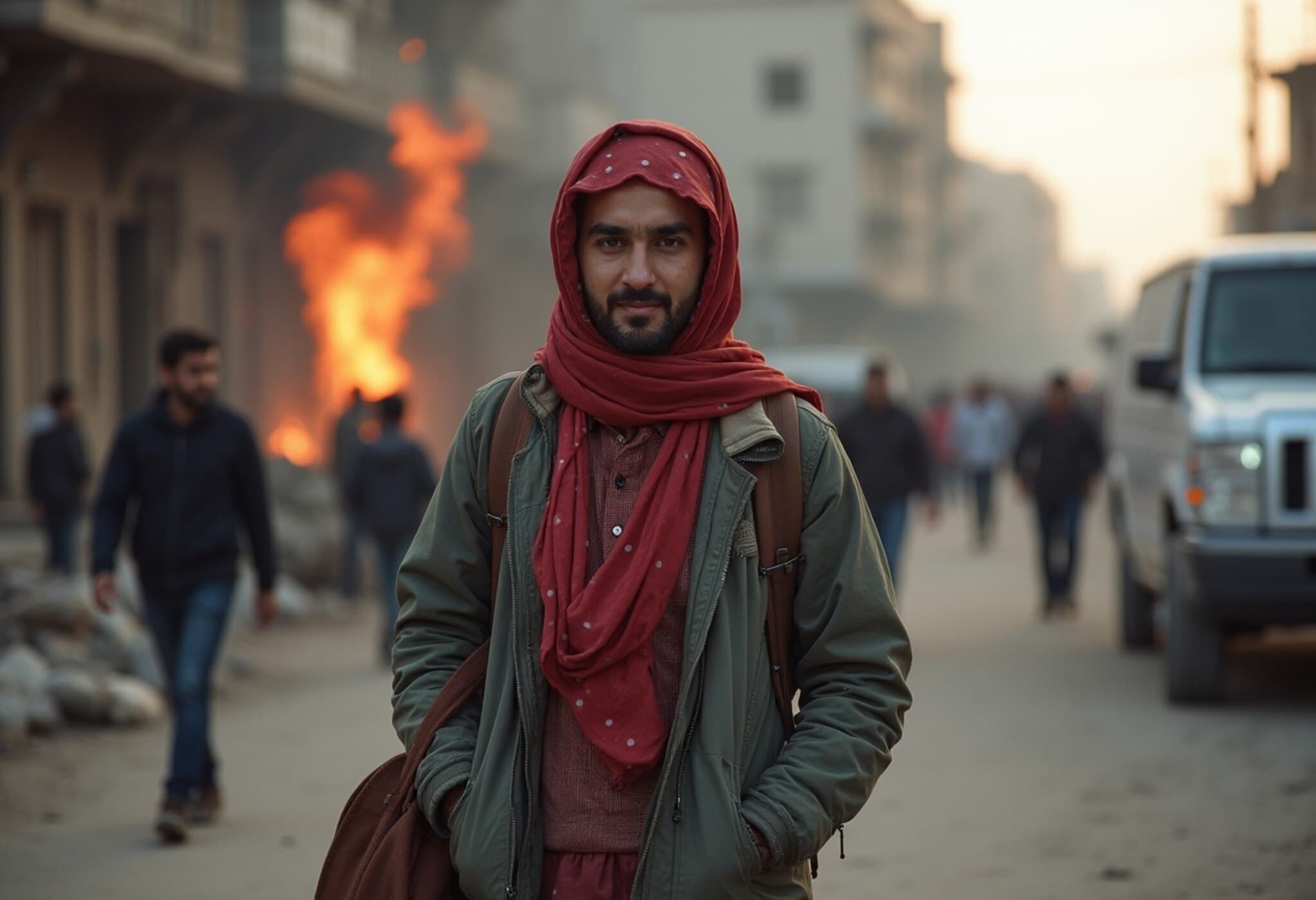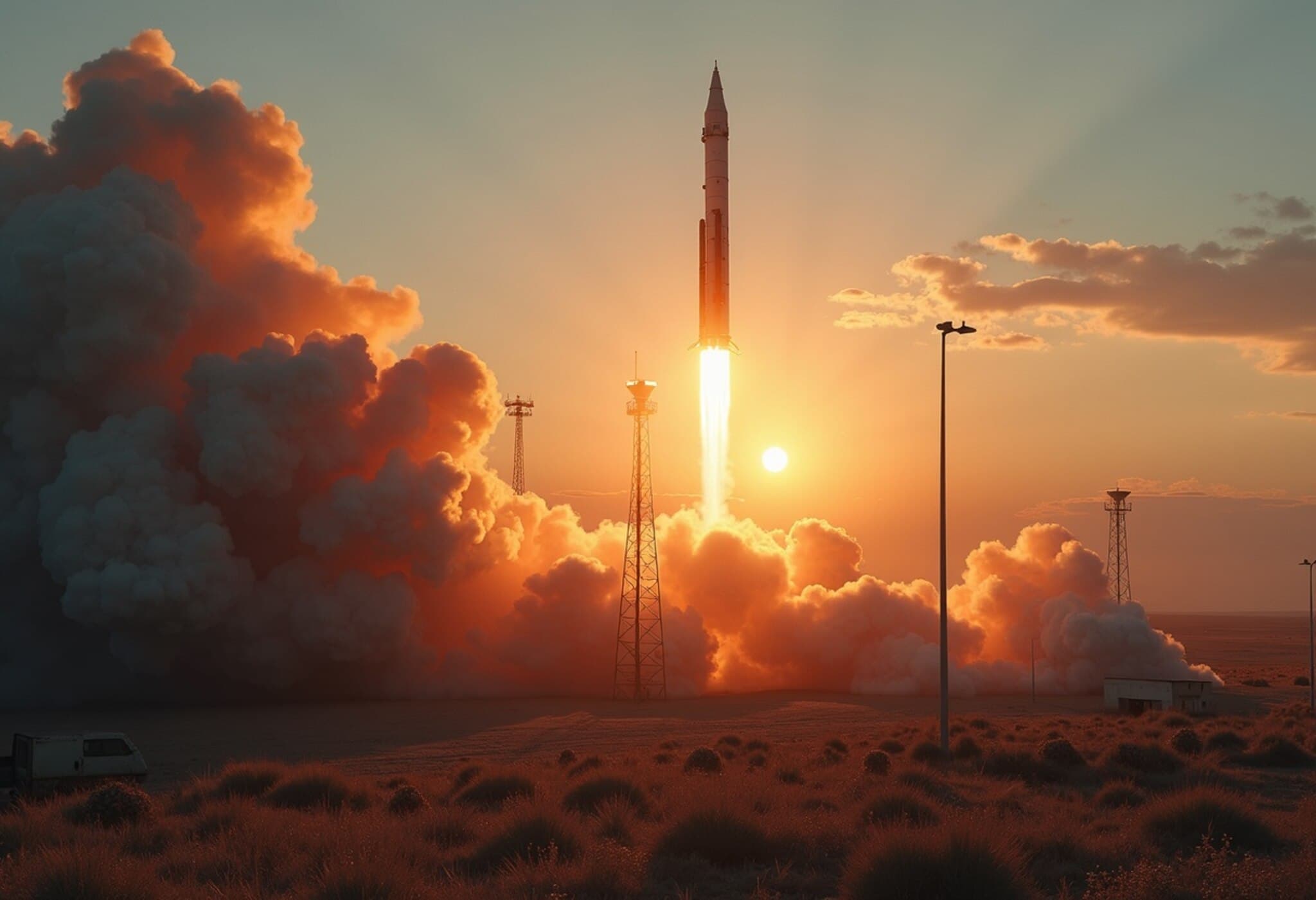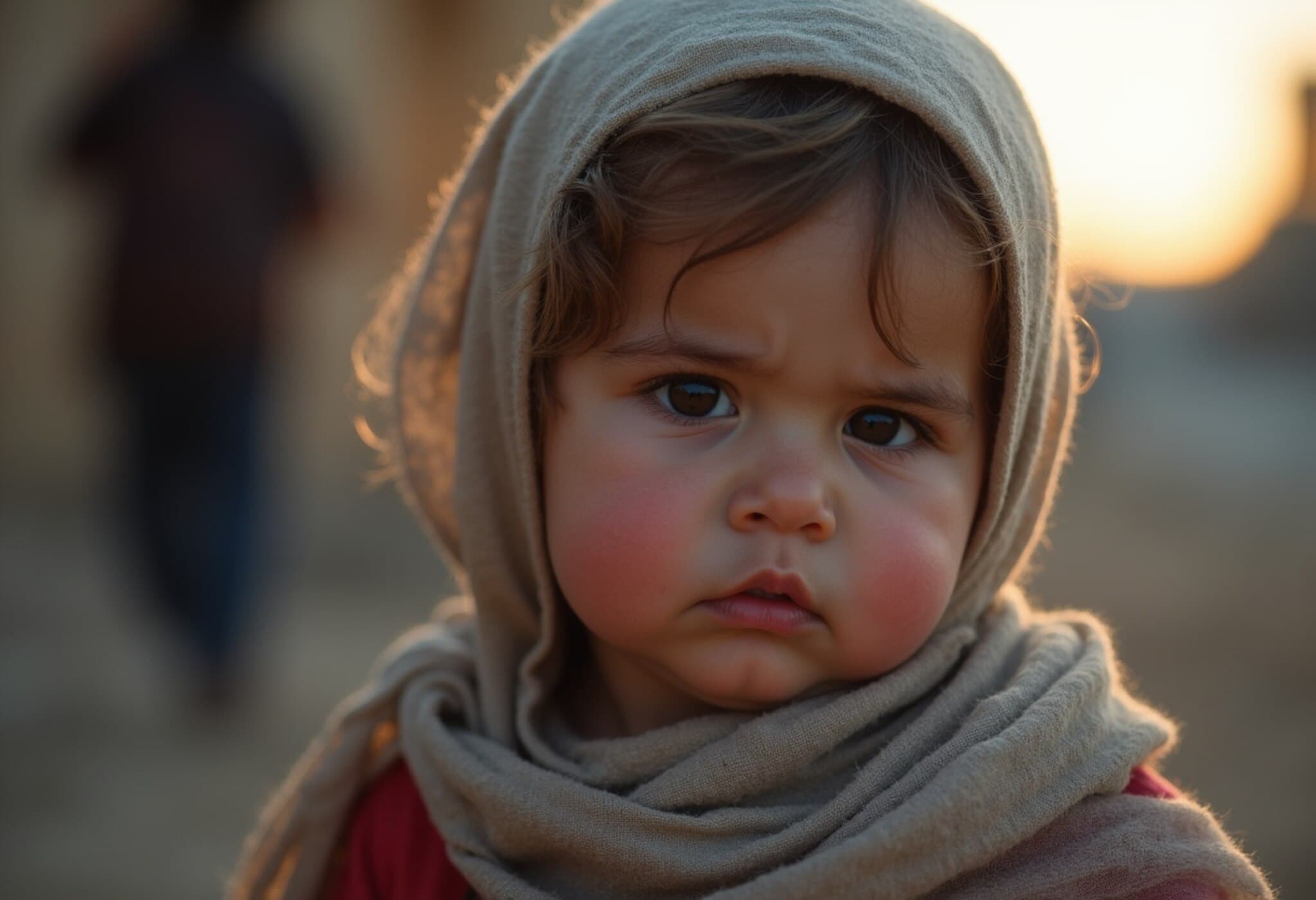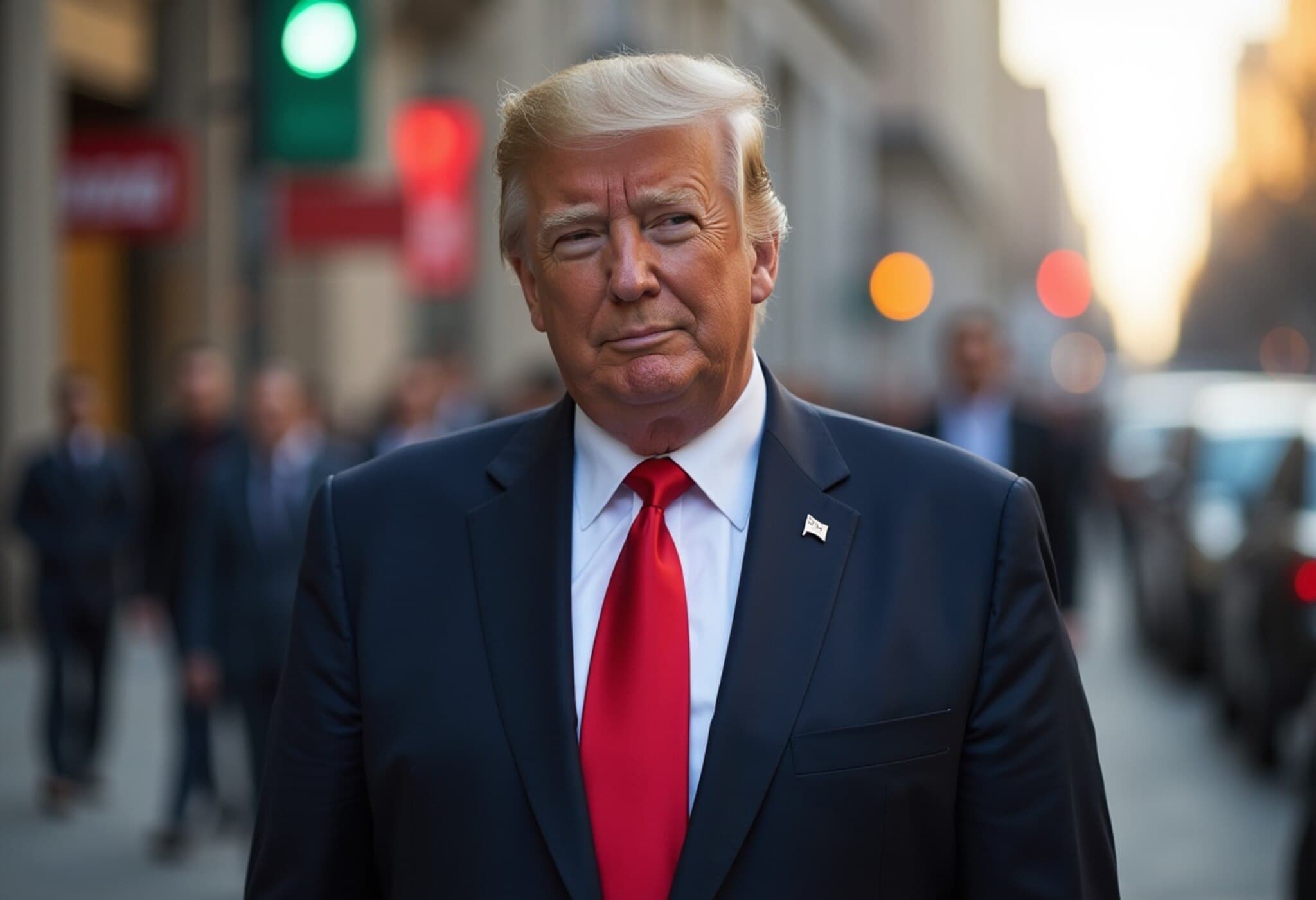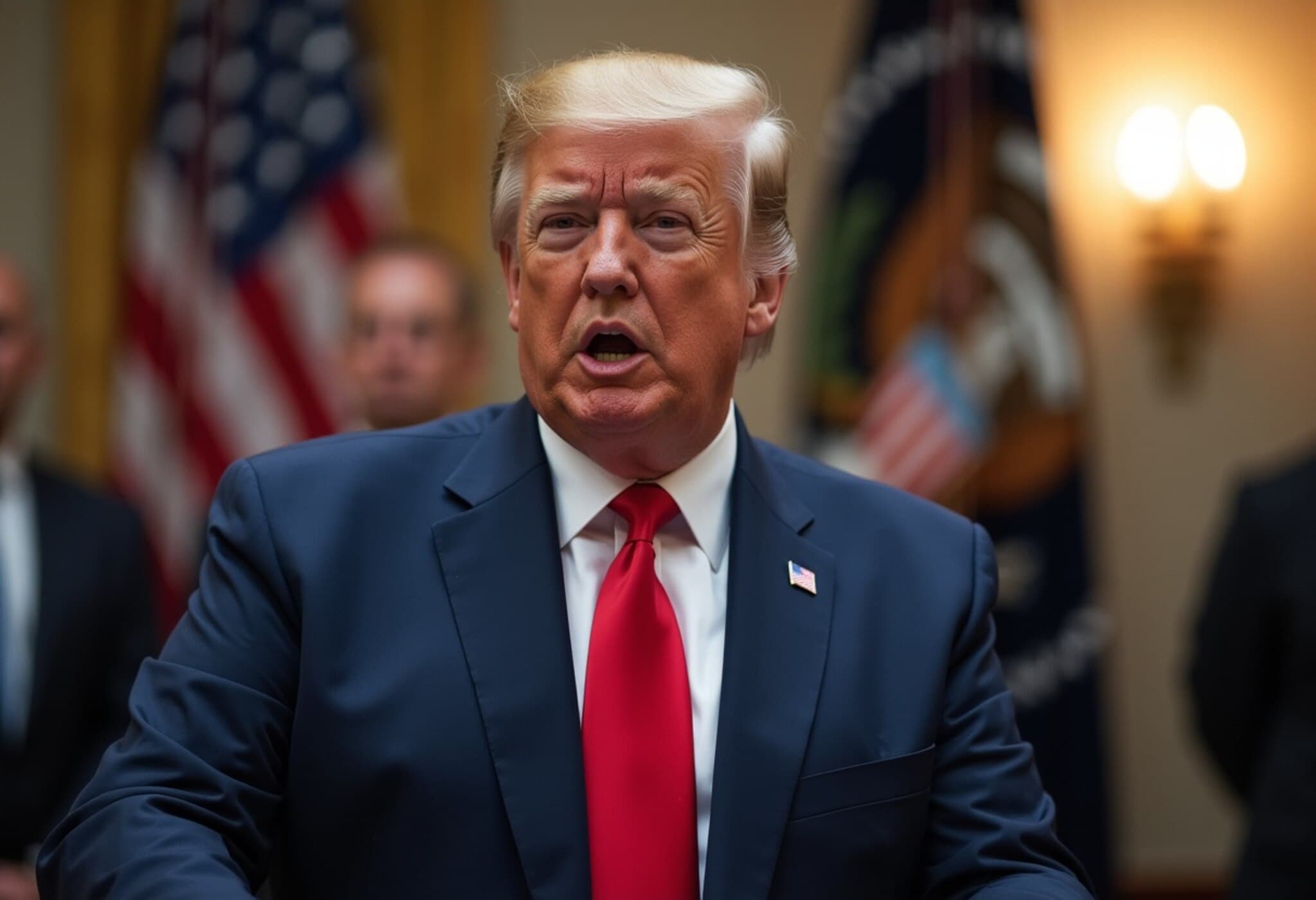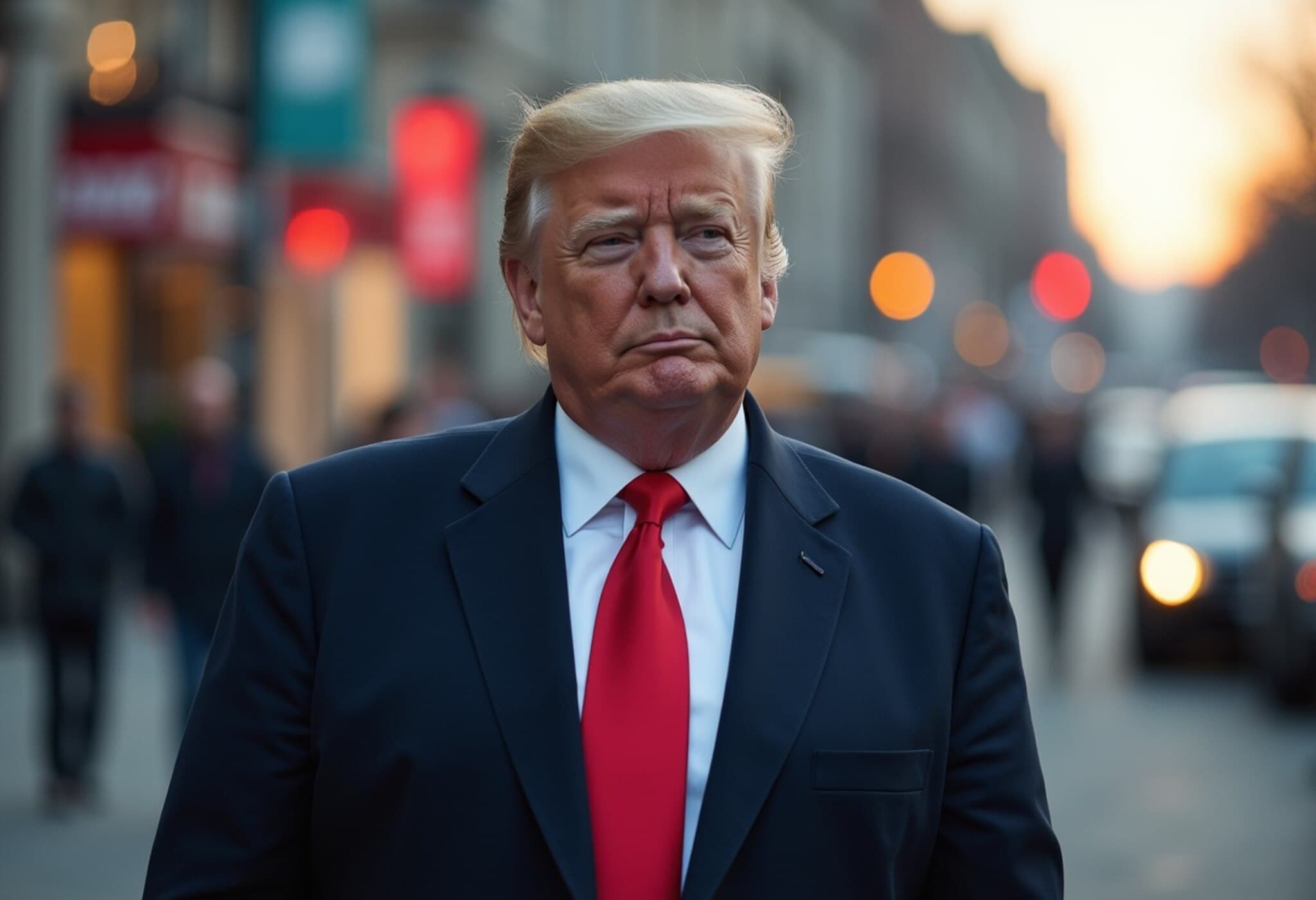US Special Envoy’s Rare Gaza Visit Amid Humanitarian Crisis
In a rare and high-profile trip to Gaza, Steve Witkoff, the White House Special Envoy for Middle East Peace under President Donald Trump, visited a US-supported food distribution site operated by the Gaza Humanitarian Foundation (GHF) in Rafah. The visit on August 1, 2025, marked the first by a senior US official since the conflict erupted last October, underscoring the growing urgency surrounding aid delivery in the embattled Palestinian territory.
The Contested Role of the Gaza Humanitarian Foundation
The Gaza Humanitarian Foundation, funded with US backing and approved by Israel, has become a lightning rod of controversy. The United Nations has sharply criticized the organization, accusing it of distributing aid in a manner that jeopardizes civilian safety. According to UN reports, over 1,000 civilians have been killed near GHF distribution points since May 2025, many reportedly shot by Israeli forces attempting to manage crowds and security concerns at those sites.
In response, the UN has refused to collaborate with GHF, citing their commitment to strict humanitarian principles that prioritize civilian protection. A UN statement stressed, "We will not partner with operations that violate humanitarian principles and put people in danger."
Conversely, GHF vehemently denies these claims. Chapin Fay, GHF's spokesperson, emphasized that the foundation is “better protecting aid than the UN” and boasts having delivered 100 million meals within Gaza. Fay highlighted President Trump’s stance on prioritizing aid delivery strictly to civilians, not Hamas militants, reflecting the firm US policy to avoid empowering groups labeled as terrorist organizations.
Violence Surrounding Aid Points Raises Alarm
The tension around aid distribution was all too evident immediately after Witkoff's visit. Palestinian medical workers reported that Israeli soldiers shot and killed three Palestinians near a GHF aid point, though it remains unclear whether this exact site was the one visited by the envoy. The Israeli military described the incident as a response to a “gathering of suspects” and noted that warning shots were fired prior to the casualties, with investigations ongoing.
These tragic episodes highlight a broader dilemma: the difficulty of providing humanitarian relief in a conflict zone where security concerns and political sensitivities frequently collide. The risks for civilians queuing for aid in Gaza are severe, and the question remains whether current mechanisms adequately protect those in desperate need.
Worsening Humanitarian Conditions Amidst Political Turmoil
The humanitarian situation in Gaza has steadily deteriorated since Hamas launched a surprise attack on southern Israel in October 2023, resulting in over 1,200 Israeli deaths and more than 250 hostages taken. The Israeli military’s response has been heavy, with Gaza’s health ministry reporting over 60,000 Palestinian deaths since the conflict began.
Compounding matters, hunger and malnutrition are surging. Medical sources from Gaza have documented numerous deaths linked to starvation, a crisis exacerbated by an extended blockade and restricted aid flows. The UN attributes much of this to deliberate Israeli policies that heavily limit supplies and only recently allowed limited convoys into Gaza after months of near-complete cutoff earlier this year.
In defense, Israel points to increased aid deliveries, citing the recent entry of 200 trucks carrying humanitarian goods and the initiation of air-dropped food shipments. However, UN officials argue that these measures remain insufficient, emphasizing the need for open land crossings to allow substantial and sustainable aid flows.
Philippe Lazzarini, head of the UN agency responsible for Palestinian aid, stated, "If there is political will to allow airdrops — which are costly and limited — there should be political will to open road crossings."
International Responses and Broader Implications
Globally, the Gaza crisis has reignited debates over the recognition of Palestinian statehood, with countries like France, Britain, and Canada signaling possible shifts in diplomatic policy in light of the humanitarian emergency. This evolving geopolitical landscape complicates aid efforts and policy formulation, demanding nuanced approaches that balance security concerns with urgent civilian needs.
Expert Perspective: Navigating Aid in Conflict Zones
Delivering humanitarian assistance inside active conflict zones is a historically difficult undertaking, often fraught with political and security challenges. Experts emphasize the importance of impartiality, neutrality, and independence to maintain trust and access. The situation in Gaza epitomizes these challenges where aid providers, local authorities, and military actors all have competing interests and perspectives.
US policy, reflected in Witkoff’s visit, underlines the tightly contested nature of Gaza aid — insisting on direct feeding of civilians without inadvertently empowering militant groups. Yet this strict approach also risks alienating critical humanitarian actors like the UN, which must operate under international humanitarian law and ethical standards.
Questions That Remain
- Can the international community develop an effective and secure aid delivery framework acceptable to all parties in Gaza?
- What role should the US and other global powers play in mediating between humanitarian needs and geopolitical realities?
- How can civilian protection be guaranteed when distribution points themselves become conflict flashpoints?
Editor’s Note
The recent visit by the US special envoy to Gaza brings to light the profound complexities at the intersection of aid, security, and politics. As Gaza’s civilian population endures staggering losses, the international community faces pressing questions about how to deliver lifesaving assistance effectively while navigating deep mistrust and conflict. Sustainable solutions demand not only humanitarian commitment but also bold diplomatic initiatives that respect both human rights and geopolitical realities.
Staying informed about these developments is crucial — as the lives of millions hang in the balance, so too does the possibility for peace and stability in one of the world’s most volatile regions.

